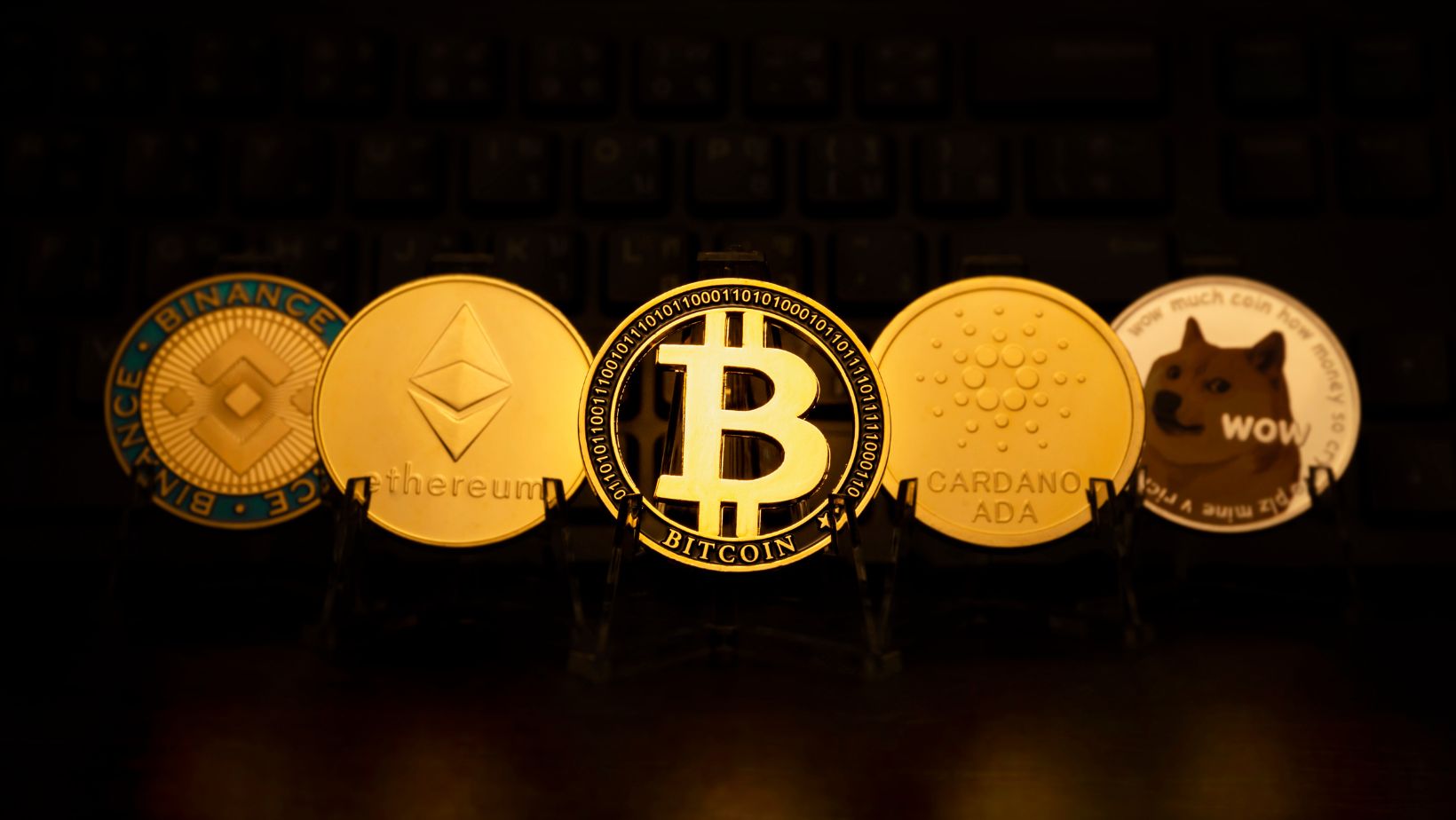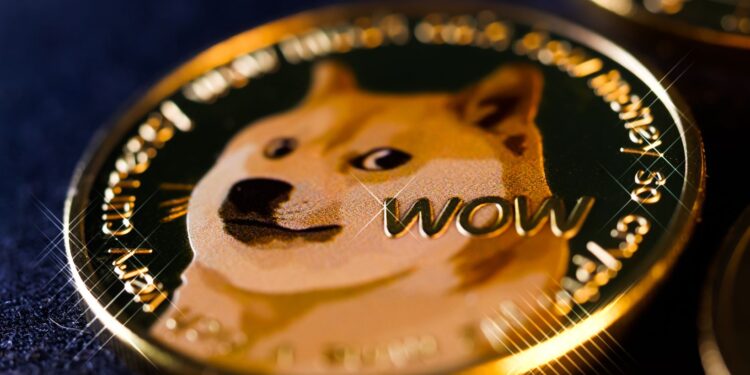We’re past the days when memes were considered solely sources of entertainment in the crypto sphere – now they’re labeled as sources of capital. Over the last couple of years, meme coins have clawed their way from the fringes of internet culture into investors wallets (both beginner and seasoned). Early meme coins led the pack, (just check the Dogecoin price and you’ll figure it out for yourself), but the marketplace has expanded since the first meme coin was developed and at the moment we’re looking at a full-blown animal kingdom. And you might wonder why it’s worth reading about dog and cat meme coins, or animal coins at all.
Well, it seems that the most successful meme coins are inspired by animals, or pets more exactly, and if you’re about to approach the niche, it’s best to learn about them, so you can trade based on knowledge. Dog meme coins and cat meme coins dominate the sector. Is it something that separates these internet-born tokens? Beyond fur and fluff, how do their utilities, communities, and goals compare?
This article breaks the difference between the two sides of the meme coin rivalry.
Dog Meme Coins: Pioneers of the Pack
Dog meme coins have long reigned supreme in the meme coins industry, mainly because the first projects in the space were inspired by dog memes. Dogecoin was launched in 2013 as a joke currency featuring the Shiba Inu from the notorious Doge meme. Dogecoin started as a parody to Bitcoin’s seriousness, but slowly it has become one of the most recognized assets in the sector. Dogecoin is a famous meme coin, with high-profile endorsements (thank you, Elon Musk), and listings on reputable exchanges.
Following Dogecoin’s success came a litter of dog-themed tokens: Shiba Inu (SHIB), Baby DogeCoin (BabyDoge), Floki Inu (FLOKI), and more. Each brought its own spin, but most retained a playful, community-first tone. These coins don’t just exist for profit, they thrive on community engagement, Twitter trends, and meme virality. Their development roadmaps often take a backseat to vibes, and yet many of them still manage to hit eye-watering market caps.
Dog meme coins are often labelled as a chaotic good in the crypto sector because while they lack deep utility and complex technology, they are also powerful crowd-movers.
Cat Meme Coins: The Silent Climbers
Dog meme coins have barked their way into fame, but cat meme coins have quietly and surely entered the chat. Cat meme coins like CateCoin (CATE), MeowCoin (MEOW), and Kitty Inu (KITTY) are a newer breed, but they’re gaining traction thanks to a mix of humor, artistry, and utility. Unlike their enemies, the dog-themed meme coins, cat meme coins excel at an intentional and polished branding. CateCoin for example is more than a meme token, it’s actually a creator-focused ecosystem with staking, non-fungible tokens, and a play-to-warn game. These kinds of projects usually focus on their communities, but besides the public they also prioritize long-term value, innovation, and utility. Cat meme coins also differ in the tone they use to promote their features. Dog coins tend to be viral and loud, while cat coins have a cool detachment, and lean into irony and satire – just like the furry ball at home. They’re often meme-savvy without being meme-dependent, and that gives them flexibility to operate in spaces beyond just jokes. In short, cat meme coins might not be chasing cars, but they are quietly hunting opportunities.
A Closer Look: Comparing Culture, Community, and Vision
The rift between the two meme coin categories is quite deep because even their strategies, communities, and values they promote reflect the pets they represent. Dog meme coins stand apart in the market by being high-energy projects, driven by celebrity tweets and social media surges.

They usually appeal to meme-loving traders and beginner crypto buyers who enjoy the thrill of trading in the sector. Their development teams invest greater efforts in branding and building hype around the names than on creating groundbreaking utility. However, even in this context, coins like SHIB have no issue expanding their ecosystems through staking, DEXs, and metaverse integrations.
Cat meme coins are more methodical, just like the animals they’re inspired from. Their communities tend to be smaller, but more engaged in long-term development. While dogs run with the crowd, cats prefer to walk the path they created, which in this industry means carving out unique niches on creative platforms and in non-fungible tokens and decentralized finance. Cat meme coins also experiment more with tone as some are ironic, others cheeky, and some even try to blend meme culture with creator support and artistic expression.
If it were to analyze the two types of meme coins from a strategic perspective, cat meme coins rely on cleverness and dog meme coins rely on momentum.
Market presence and investor appeal
Yes, dog meme coins have a head start, they were the first to breach the market. If you check the coin charts you will notice that only Dogecoin and Shiba Inu alone dominate the market, with global recognition, billion-dollar market caps and enough liquidity to be featured on top exchanges like Binance. They benefit from first-mover advantage and frequent media attention. Cat meme coins, while still emerging, offer an alternative narrative. Investors drawn to them are often seeking new trends or undervalued tokens with growth potential. While cat coins don’t yet enjoy the same level of visibility, some are making moves to change that. CateCoin, for example, continues to push development and ecosystem partnerships that add legitimacy to the category.
For traders who missed the initial wave of dog meme coin success, cat meme coins may represent a second chance to ride a meme-based bull run—especially if the project mixes humor with real-world applications.

The verdict: should you get dog or cat meme coins?
Well, it’s a matter of taste and timing, to be honest. It highly depends on the kind of investor you are, the kind of memes you engage with, and even if you are more of a dog or cat person.












